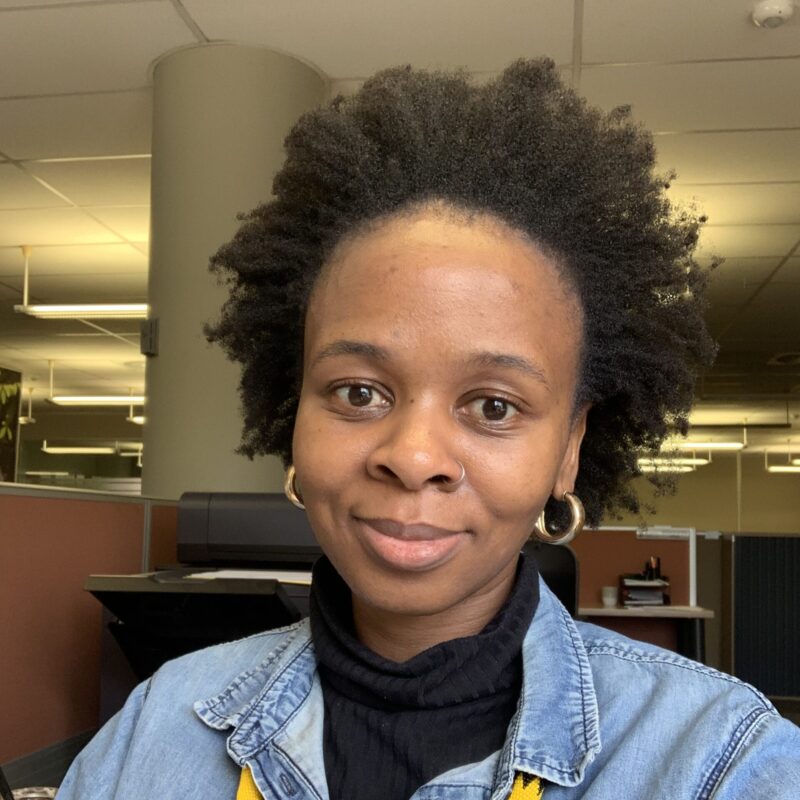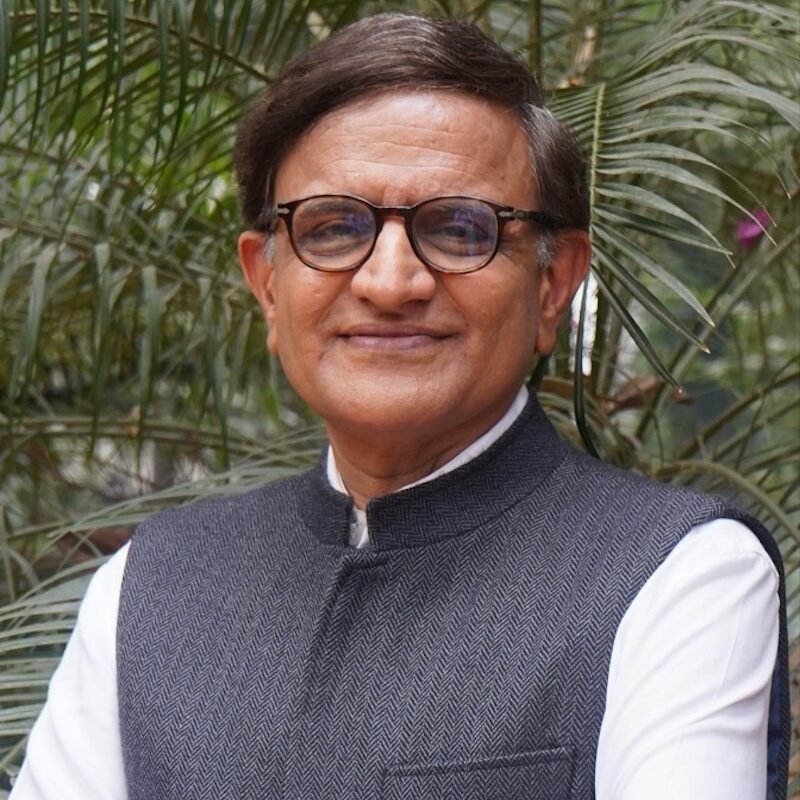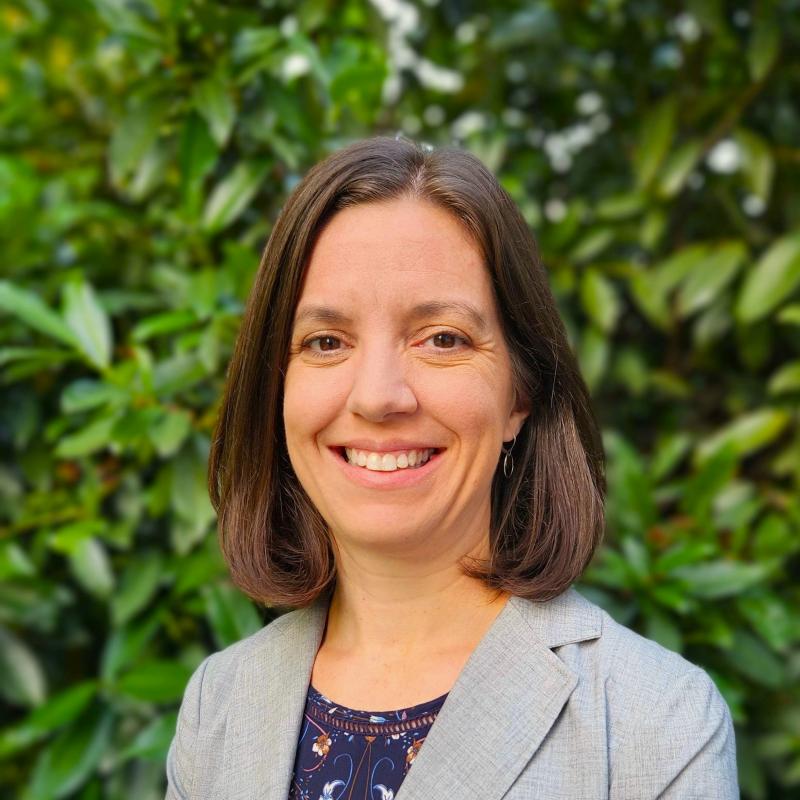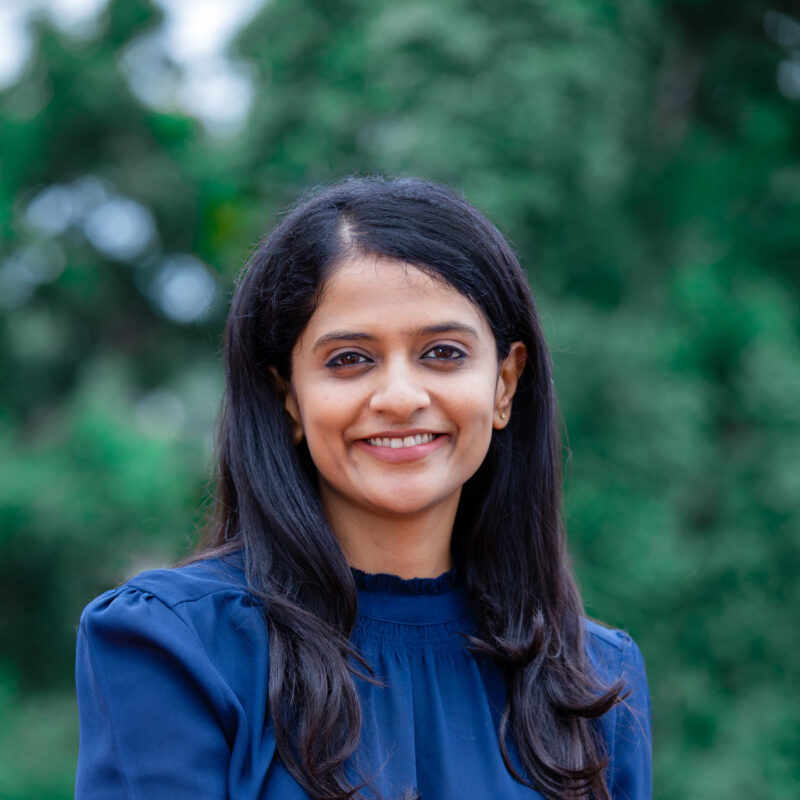Blog
From design to delivery: Scaling structured pedagogy in government systems
Kholosa Nonkenge, Stephen Taylor, Dhir Jhingran, Michelle Kaffenberger, Veerangna Kohli and Swathi Attavar
Structured pedagogy offers an evidence-based approach to improving foundational learning. Implementing such approaches at scale and in government systems, however, presents new challenges for any programme. The first What Works Hub for Global Education Community of Practice webinar brought together South Africa’s Department of Basic Education (DBE) and India’s Language and Learning Foundation (LLF), on the theme of implementing structured pedagogy at scale integrated in government systems. Speakers on the webinar included:
- Stephen Taylor, Director for Research, Monitoring, and Evaluation at South Africa’s Department of Basic Education (DBE)
- Kholosa Nonkenge, Assistant Director in the Research Coordination and Monitoring and Evaluation Directorate at South Africa’s Department of Basic Education (DBE)
- Dhir Jhingran, Founder and Executive Director of the Language and Learning Foundation, India
The webinar was chaired by Michelle Kaffenberger (What Works Hub for Global Education) and reflected on the practical decisions involved in scaling: how to support teachers beyond lesson plans, how to adapt in right-sized ways, and how to work within constraints while holding the line on what matters most for students’ learning. This blog draws on the question-and-answer section of the webinar, highlighting key discussion points as well as implementation and scaling lessons relevant to the wider Community of Practice.
Speaker presentations and technical resources (synthesis report and implementation guidelines from the Department of Basic Education, South Africa) linked to the webinar are available on our website.
Coaching as the bridge between design and delivery
In both the South Africa and India examples, coaching emerged as one of the most critical levers for successful implementation of structured pedagogy and gains in learning. Coaching helped translate teaching and learning materials into classroom practice, with coaches acting as a link between training and day-to-day teaching, such that real-time, trust-based support enables instructional change.
Kholosa Nonkenge (South Africa):
‘Our coaches are trained every term by the implementing partner, and they work directly with the teachers, both in training and in the classroom. But more than anything, the coach is a critical friend. Someone who does not come in with authority but with trust. They support teachers, and teachers can confide in them. That relationship is really important. They are not hierarchical. They are external to the system, so teachers do not feel like they are being judged. And that makes a huge difference. That is why coaching was such a game changer.’
Dhir Jhingran (India):
‘In our (Indian) system, coaching is part of a larger academic support structure. At the block level, we have academic coordinators who regularly visit schools, observe lessons, and support teachers. That continuity is what makes the difference. Coaching, for us, is not an isolated intervention – it is embedded in how the system functions. And the role is not just technical. It is emotional, too. Teachers need encouragement, confidence-building, someone to say: You are on the right track. Try this differently next time. That support helps with uptake, reflection, and real change in the classroom.’
Designing structures that support and don’t constrain teachers
Structured pedagogy is often misunderstood as being rigid or overly prescriptive. The implementation experiences from South Africa and India illustrate how guidance can be designed to support teachers, while encouraging flexibility for adaptation.
Stephen Taylor (South Africa):
‘The concern is often that scripted lesson plans narrow teacher autonomy but what we have seen is the opposite. In large classroom settings, teachers often fall back on a very narrow set of methods. Structured lesson plans helped expand that range. Teachers who received lesson plans and coaching used a broader set of instructional practices than those in control schools.’
Dhir Jhingran (India):
‘In India, our plans are structured but not scripted. They define essential classroom activities but leave space for teachers to decide how to introduce concepts, what examples to use, or how to adapt to a task. That balance between structure and autonomy is key. Teachers tell us that the plans give them clarity but also allow them to teach in a way that works for their students.’
Iteration within systems: when and how to adapt
Scaling structured pedagogy requires iteration and not constant change. Iteration must be deliberate, evidence-based and aligned with academic cycles to avoid disrupting delivery.
Stephen Taylor (South Africa):
‘The adaptations we made happened between project versions, not during the school year. For example, we integrated aspects of virtual coaching into the in-person model after COVID-19, but the basic structure – lesson plans, materials and coaching, remained the same. Consistency mattered.’
Dhir Jhingran (India):
‘We do not do too much experimentation during the academic year. If there is a need like simplifying a teacher guide, we gather evidence, consult teachers and government officials, and agree on changes that can be introduced in the next cycle. That helps build trust and ownership of the programme.’
Avoiding fragmentation by scaling with clarity and coherence
Fragmentation is a common challenge in large systems, with multiple overlapping initiatives leading to confusion and implementation fatigue. Both teams vouched for aligning and harmonising programmes with clear, shared policy goals for scale.
Stephen Taylor (South Africa):
‘One of the risks we see is fragmentation. Teachers might experience multiple pilots with different tools or training. That creates confusion. If we scale something coherent – aligned to the curriculum – with coaching layered in for priority schools, that provides clarity. It gives teachers and districts a shared understanding of what to expect.’
Dhir Jhingran (India):
‘We moved away from having multiple small-scale interventions. We work with state governments to develop a common model – shared materials, clear guidance, and a strong feedback loop. It is about building consistency in delivery without losing responsiveness to context.’
Non-negotiables when working with government partners
Implementing at scale in government systems often requires adaptation and negotiation. It was important for implementers to determine what aspects they were able to adapt, and which they considered non-negotiable for successful implementation.
Dhir Jhingran (India):
‘In one instance, we walked out of a government partnership where the government changed the medium of instruction to English overnight. We feel very strongly that children’s first languages or at least languages they are familiar with should be used in the initial years. That was non-negotiable. In another case, some state governments were conducting large-scale, centralised assessments, often at the expense of formative classroom assessment. We negotiated with them over time – one state reduced the frequency to once a year, another gave it up entirely and prioritised formative teacher-led assessment.’
The implementation experiences from South Africa and India yield practical and tangible lessons for effectively implementing structured pedagogy programmes in other contexts, as well as insights on working with governments at scale. These takeaways may be increasingly relevant for practitioners, policymakers and researchers navigating the complex global education sector today.
In upcoming sessions, the Community of Practice will continue to unpack implementation at scale across different programmes, geographies, delivery models and system types. Sign up for the Community of Practice mailing list to receive information on future engagements and resources.
Nonkenge, K., Taylor, S., Jhingran, D. Kaffenberger, M., Kohli, V. & Attavar, S. 2025. From design to delivery: Scaling structured pedagogy in government systems. What Works Hub for Global Education. Blog. 2025/023. https://doi.org/10.35489/BSG-WhatWorksHubforGlobalEducation-BL_2025/023
Discover more
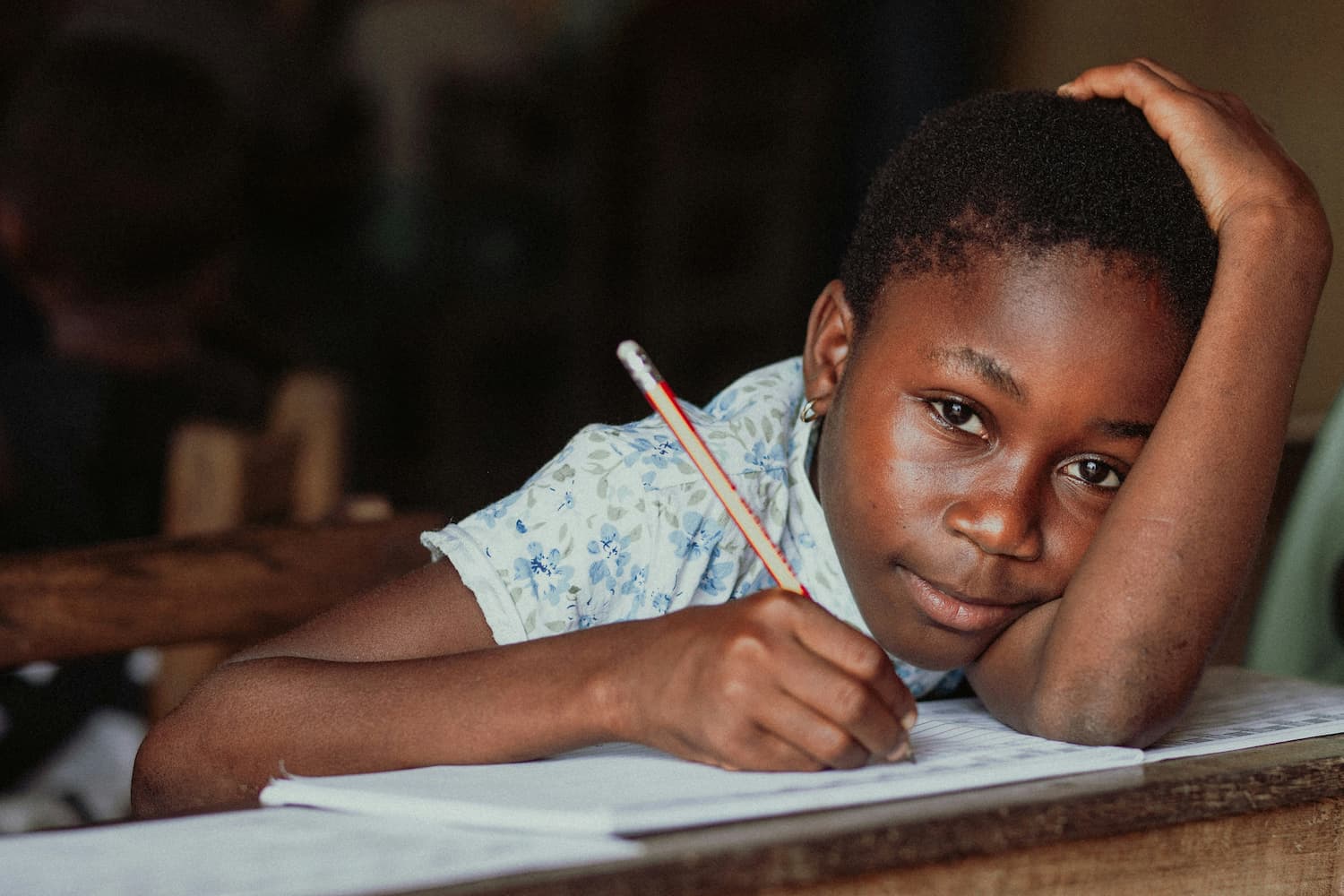
What we do
Our work will directly affect up to 3 million children, and reach up to 17 million more through its influence.
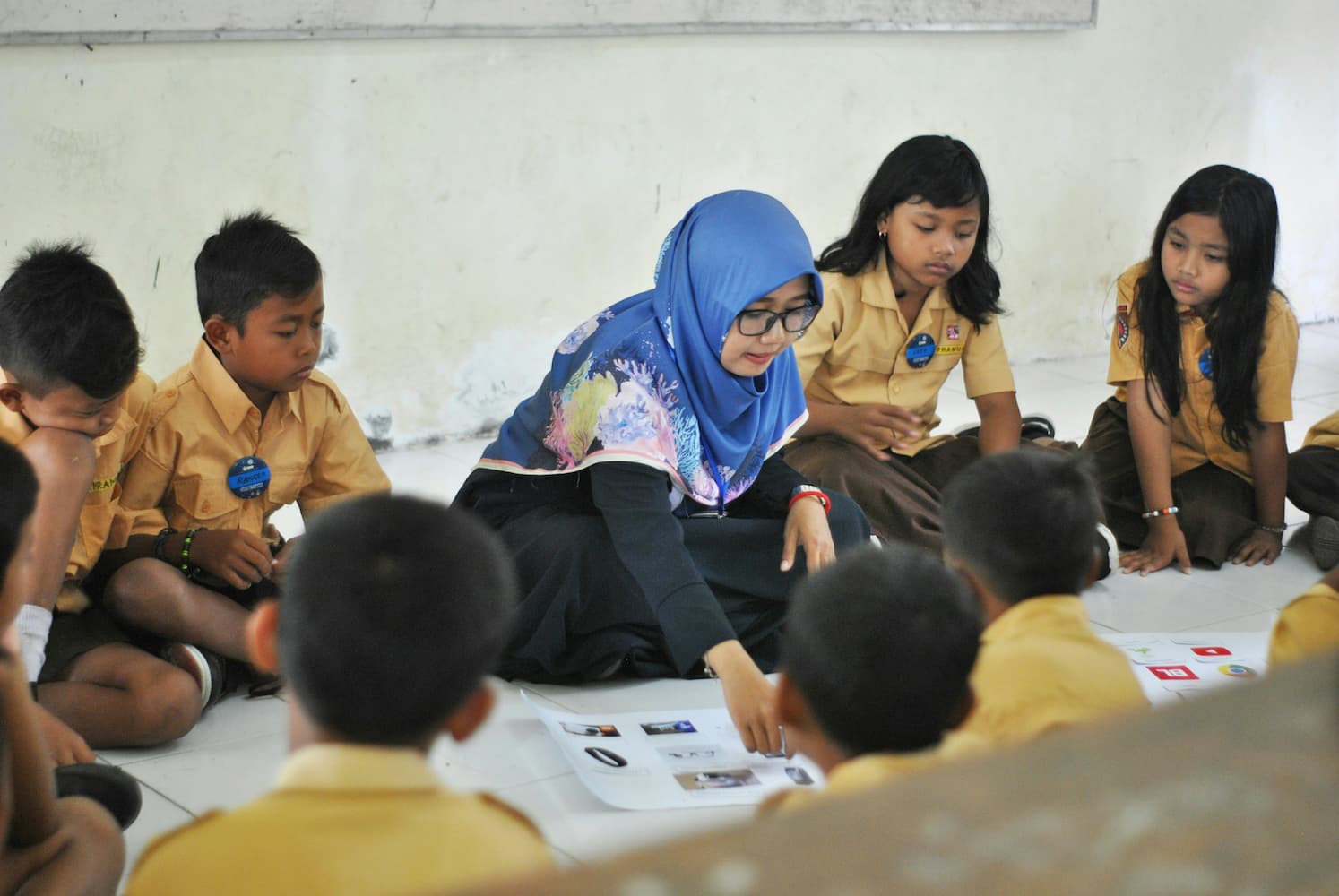
Who we are
A group of strategic partners, consortium partners, researchers, policymakers, practitioners and professionals working together.
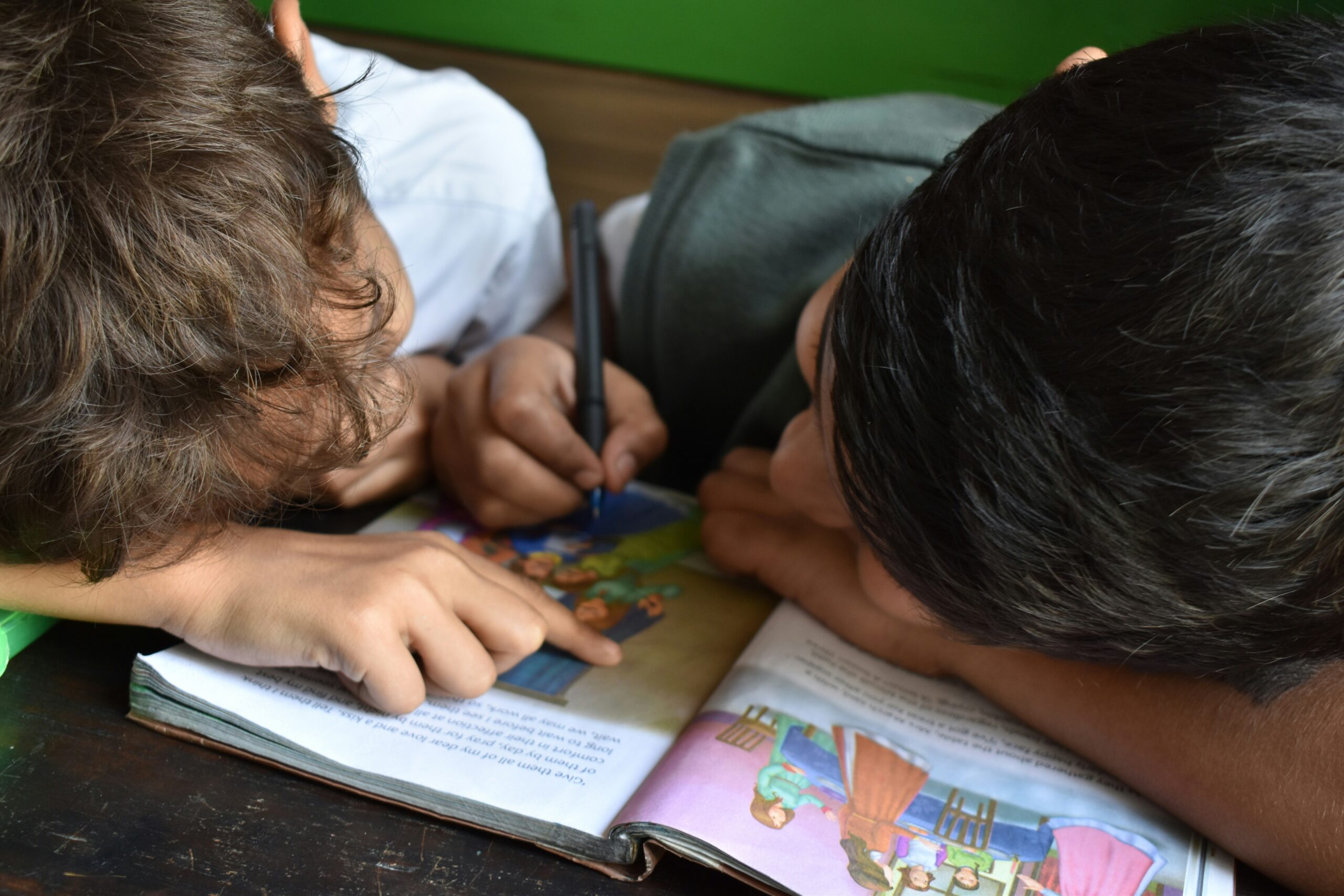
Get involved
Share our goal of literacy, numeracy and other key skills for all children? Follow us, work with us or join us at an event.
